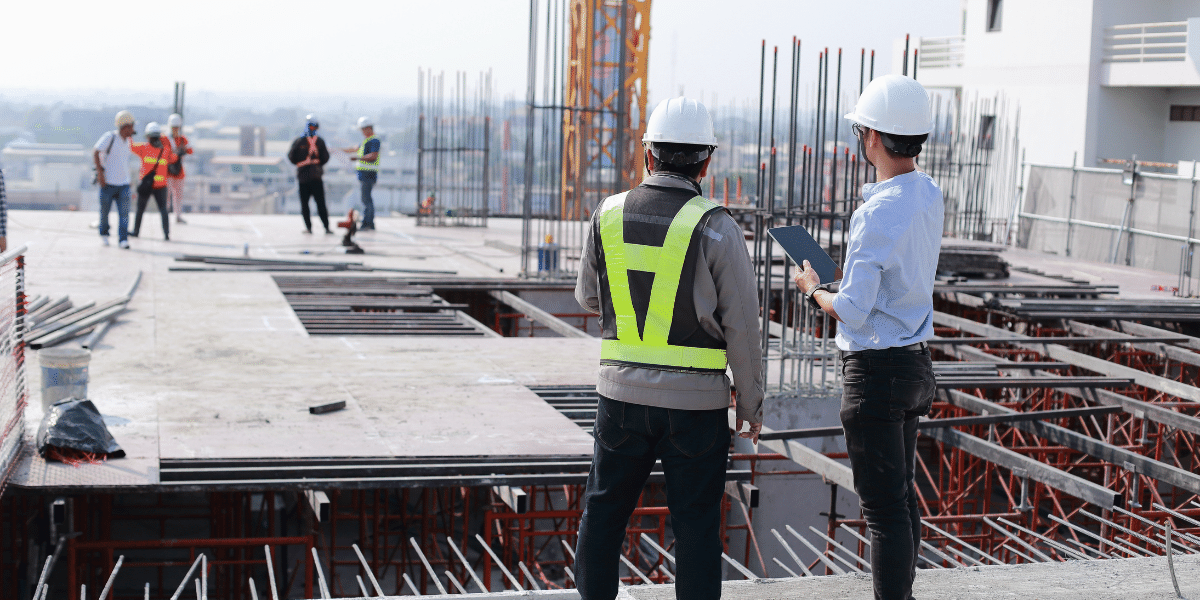
Structural technology has always been at the cutting edge of creating safe, serviceable, and efficient substructure. As urban populations grow and mood change introduces more frequent extreme endure events, the demand for resilient infrastructure has never been higher. Advanced morphologic technology methods are evolving speedily, driven by innovations in materials and design strategies that enhance the strength, tractability, and sustainability of buildings, bridges, and other critical structures.
One of the most considerable advancements in structural engineering lies in the of new materials. Traditional twist materials like concrete and nerve stay foundational, but innovations such as high-performance , vulcanized fiber-reinforced polymers(FRPs), and extremist-high-performance (UHPC) are transforming how engineers approach plan challenges. These materials offer superior effectiveness-to-weight ratios, inflated durability, and enhanced underground to state of affairs debasement. For illustrate, UHPC combines fine powders and fibers to create a material that is much stronger and more resistant to fracture than conventional . This enables the twist of slimmer, ignitor structures without vulnerable safety.
In addition to materials, original plan methodologies are material for edifice resilient substructure. Engineers are progressively using public presentation-based plan, which focuses on how structures respond to particular stresses such as earthquakes, wind slews, or implosion therapy rather than relying exclusively on prescriptive codes. This go about allows for the optimization of structural engineering Dallas TX systems trim to their environment, rising refuge while often reducing . Advanced computing machine mold and feigning tools engineers to predict the demeanour of structures under various conditions, distinguishing vulnerabilities and testing potency solutions before twist begins.
Another transformative swerve is the integration of hurt technologies and detector systems within structures. These smart infrastructures are weaponed with integrated sensors that ride herd on strain, try, temperature, and front in real-time. This day-and-night data ingathering allows for active maintenance and early on detection of potency failures, extending the life-time of structures and enhancing populace safety. For example, bridges fitted out with sensor networks can alert engineers to changes caused by traffic lashing or situation factors, facilitating well-timed repairs and preventing catastrophic .
Sustainability is also a key driver of invention in morphological engineering. New materials and design strategies more and more prioritize reduction environmental impact. Recycled materials, low-carbon alternatives, and modular construction techniques tighten run off and carbon paper footprints. Engineers are also exploring bio-inspired designs, mimicking natural structures like trees and shells to produce jackanapes yet incredibly fresh frameworks. Such biomimetic approaches not only meliorate morphologic but also put up to aesthetic and state of affairs musical harmony.
Seismic resilience is a particularly active voice area of search and application. In regions prostrate to earthquakes, engineers are employing base closing off systems, which uncouple a building from ground motion, importantly reducing the forces transmitted during a quake. Additionally, hi-tech damping technologies take over and vitality, protecting structures from . These innovations, conjunctive with cleared materials and plan, help check that substructure can hold out natural disasters, safeguarding lives and reduction economic losses.
In termination, advanced structural technology methods are revolutionizing the way infrastructure is planned and constructed. Innovations in materials, performance-based design, ache monitoring systems, and sustainable practices are conjointly enhancing the resilience and longevity of buildings and other vital structures. As challenges from urbanization and mood change grow, these thinning-edge approaches will be requisite for creating substructure that is not only fresh and safe but also convertible and environmentally causative. The futurity of biology technology is marked by an exciting overlap of technology, science, and creativeness, building a safer earth for generations to come.
